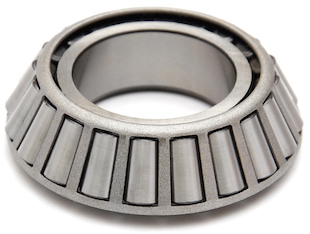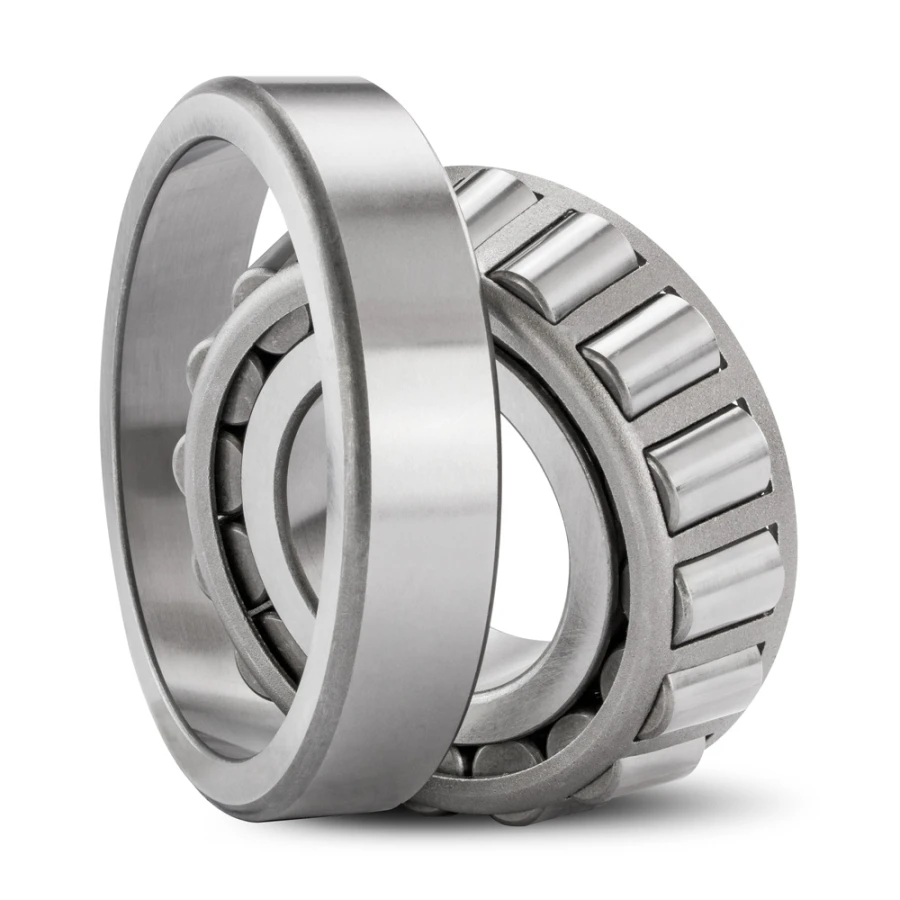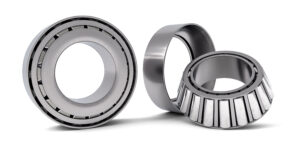Product Description
JA035CP0 Thin Section sealed Ball Bearing with a 1/4″ cross section width, JA035CP0 bearing is a popular item that could be used in many applications, the dimensions are 3 1/2″ x 4″ x 1/4″ inch, JA035CP0 bearing has Brass balls retainer, JA035CP0 bearing is oil preserved.Item: JA035CP0 Ball BearingType: Deep groove Radial Ball BearingMaterial: Chrome SteelBrand: Cage: BrassClosures: OpenDimensions: 3 1/2″ x 4″ x 1/4″ inchID (inner diameter)/Bore: 3 1/2″ inchOD (outer diameter): 4″ inchWidth/Height/thickness: 1/4″ inchSize: 3.5″ x 4″ x 0.25″Cross Section: 1/4″ inchDynamic load rating: 2095 NStatic load rating: 5836 NQuantity: One BearingKAA opening type 4.762mm(CP0/XP0/AR0
KAA571,KAA015,KAA017
KA opening type 6.35mm(CP0/XP0/AR0
KA571,KA571,KA030,KA035,KA040,KA042,
KA045,KA050,KA055,KA060,KA065,KA070,
KA075,KA080,KA090,KA100,KA110,KA120,
KA140,KA180,KA200
KB opening type 7.938mm(CP0/XP0/AR0
KB571,KB571,KB030,KB035,KB040,KB042,
KB045,KB050,KB055,KB060,KB065,KB070,
KB075,KB080,KB090,KB100,KB110,KB120,
KB140,KB180,KB200
KC opening 9.525mm(CP0/XP0/AR0
KC040,KC042,KC045,KC050,KC055,KC060,
KC065,KC070,KC075,KC080,KC090,KC100,
KC110,KC120,KC140,KC180,KC200
KD opening type 12.7mm(CP0/XP0/AR0
KD040,KD042,KD045,KD050,KD055,KD060,
KD065,KD070,KD075,KD080,KD090,KD100,
KD110,KD120,KD140,KD180,KD200
KF opening type 19.05mm(CP0/XP0/AR0
KF040,KF042,KF045,KF050,KF055,KF060,
KF065,KF070,KF075,KF080,KF090,KF100,
KF110,KF120,KF140,KF180,KF200
KG open 25.4mm(CP0/XP0/AR0
KG040,KG042,KG045,KG050,KG055,
KG060,KG065,KG070,KG075,KG080,
KG090,KG100,KG110,KG120,KG140,
KG180,KG200,KG250,KG300,KG400
JA seals 6.35mm(CP0/XP0/A
JHA571,JHA015,JA571,JA571,JA030,JA035,
JA040,JA042,JA045,JA050,JA055,JA060,JA065
JB seals 7.938mm(CP0/XP0/AR
JB571,JB571,JB030,JB035,JB040,JB042,
JB045,JB050,JB055,JB060,JB065
JU seals 12.7mm(CP0/XP0/AR
JU040,JU042,JU045,JU050,JU055,JU060,
JU065,JU070,JU075,JU080,JU090,JU100,
JU110,JU120
JG seals 25.4mm(CP0/XP0/AR0
JG120,JG140,JG160,JG180
5mm-360mm is 8mm,13mm,20mm
thick 8mm (CP0/XP0/
K57108,K05008,K06008,K07008,K08008,K09008,K10008,K11008,
K12008,K13008,K14008,K15008,K16008,K17008,K1K20008,K25008,K30008,K32008,K34008,K36 thick 13mm open (CP0/XP0/
K57113,K05013,K06013,K 0571 3,K08013,K 0571 3,K10013,K11013,
K12013,K13013,K14013,K15013,K16013,K17013,K18013,K19013,
K20013,K25013,K30013,K32013,K34013,K36013
T20mm(CP0/XP0/
K571hinck 20,K 0571 1,K06571,K5711,K 0571 1,K09571,K1571,K11571,
K12571,K13571,K14571,K15571,K16571,K17571,K18571,K19571,
K2571,K25571,K3571,K32571,K34571,K36571
thick 8mm Seals (CP0/XP0/ARO
J57108,J05008,J06008,J07008,J08008,J09008,J10008,J11008,
J12008,J13008,J14008,J15008,J16008,J1700
/* January 22, 2571 19:08:37 */!function(){function s(e,r){var a,o={};try{e&&e.split(“,”).forEach(function(e,t){e&&(a=e.match(/(.*?):(.*)$/))&&1
| Precision: | P0.P6.P5 |
|---|---|
| Cage Material: | Brass.Nylon Plastic Full Ball |
| Outer Ring: | Chrome Steel |
| Inner Ring: | Gcr15 |
| Weight: | 8.845kg |
| Contact Angle: | 25° |

How does Proper Lubrication Impact the Performance and Longevity of Tapered Roller Bearings?
Proper lubrication is essential for ensuring optimal performance and longevity of tapered roller bearings. Lubrication plays a critical role in reducing friction, preventing wear, and managing heat generated during operation. Here’s how proper lubrication impacts tapered roller bearings:
- Reduced Friction:
Lubrication forms a thin film between the rolling elements and raceways, reducing direct metal-to-metal contact. This minimizes friction and the associated heat generation, allowing the bearing to operate smoothly and efficiently.
- Wear Prevention:
Lubrication forms a protective barrier that prevents wear and surface damage. Without proper lubrication, friction can lead to accelerated wear, pitting, and even surface scoring, shortening the bearing’s lifespan.
- Heat Dissipation:
Effective lubrication helps dissipate heat generated during operation. This is especially crucial in high-speed applications where excessive heat can lead to premature bearing failure or degradation of lubricant properties.
- Corrosion Protection:
Lubrication helps create a barrier that protects bearing surfaces from environmental factors that could lead to corrosion. This is particularly important in applications exposed to moisture, chemicals, or other corrosive agents.
- Noise and Vibration Reduction:
Proper lubrication can dampen vibrations and reduce noise by providing a cushioning effect between the rolling elements and raceways. This contributes to smoother and quieter operation.
- Longevity:
Well-lubricated bearings experience less wear and stress, leading to extended service life. Bearings that are inadequately lubricated or run dry are prone to premature failure due to excessive wear, heat buildup, and damage to bearing surfaces.
- Efficiency:
Adequate lubrication maintains the bearing’s efficiency by minimizing energy losses due to friction. Bearings that lack proper lubrication require more energy to overcome higher friction levels, resulting in reduced efficiency.
- Lubrication Methods:
Various lubrication methods are available, including grease lubrication and oil lubrication. The choice depends on factors such as speed, load, temperature, and application requirements.
To ensure proper lubrication:
- Follow Manufacturer Recommendations:
Consult the bearing manufacturer’s recommendations for lubricant type, viscosity, and replenishment intervals.
- Monitor and Maintain:
Regularly monitor the condition of the lubricant and the bearing’s performance. Implement a maintenance schedule for lubricant replacement or replenishment.
- Environmental Considerations:
Consider the operating environment’s temperature, contamination levels, and exposure to external elements. Some applications may require special lubricants for extreme conditions.
In summary, proper lubrication is crucial for maintaining tapered roller bearings’ performance, preventing wear, reducing friction and heat, and extending their lifespan. A well-lubricated bearing contributes to smoother operation, lower maintenance costs, and improved efficiency.

What are the Common Signs of Wear or Damage in Tapered Roller Bearings?
Identifying signs of wear or damage in tapered roller bearings is crucial for maintaining optimal performance and preventing costly failures. Here are the common signs to look for:
- Abnormal Noise:
Unusual noises, such as grinding, clicking, or rumbling sounds, may indicate damage within the bearing. These noises could result from worn rollers, raceways, or insufficient lubrication.
- Vibration:
Excessive vibration or unusual vibrations not typically present during operation may indicate an issue with the bearing. Vibration can result from misalignment, worn components, or uneven loading.
- Increased Operating Temperature:
If the bearing becomes excessively hot during operation, it could indicate inadequate lubrication, excessive friction, or other issues. Monitoring temperature changes can help identify potential problems.
- Irregular Rotation:
If the bearing experiences irregular rotation, such as sticking or rough movement, it could be due to damaged rollers, misalignment, or improper preload.
- Visible Wear:
Inspect the bearing for visible signs of wear or damage, such as pitting, scoring, discoloration, or deformation of the bearing components.
- Increased Noise or Vibration Under Load:
If the bearing makes more noise or vibrates noticeably when subjected to load, it could indicate that the bearing is unable to handle the applied load properly.
- Uneven Wear:
Uneven wear patterns on the rollers or raceways can suggest misalignment or inadequate lubrication, causing the bearing to experience uneven loading.
- Loss of Performance:
If the bearing’s performance decreases, such as reduced efficiency or increased friction, it may indicate wear, contamination, or other issues affecting the bearing’s operation.
- Looseness or Play:
If there’s excessive play or looseness in the bearing assembly, it could be a sign of worn components or inadequate preload, impacting the bearing’s stability and performance.
- Leaks or Contaminants:
Inspect for leaks of lubricant or the presence of contaminants around the bearing. Leaks can indicate seal damage, and contaminants can accelerate wear.
- Observable Damage to Components:
If any bearing components, such as rollers, cages, or raceways, appear visibly damaged or deformed, immediate attention is necessary to prevent further issues.
Regular inspection and maintenance are essential to catch these signs early and prevent further damage. Addressing wear or damage promptly can extend the bearing’s lifespan and avoid costly downtime.

Can you Explain the Design and Construction of Tapered Roller Bearings?
The design and construction of tapered roller bearings are characterized by their conical geometry and specific components that enable them to handle radial and axial loads simultaneously. Here’s an overview of their design and construction:
- Components:
Tapered roller bearings consist of the following components:
- Inner Ring:
The inner ring has a conical raceway on its inner surface, which matches the conical shape of the rollers. It serves as the raceway for the rollers and provides support to the rotating assembly.
- Outer Ring:
The outer ring also features a conical raceway on its inner surface that complements the shape of the rollers. The outer ring provides a rigid structure to house the entire bearing assembly.
- Tapered Rollers:
The rollers have a conical shape with varying diameters along their length. This design allows the rollers to make point contact with the inner and outer raceways, distributing loads efficiently.
- Cage:
The cage or retainer holds the rollers in position, maintaining proper spacing and preventing them from coming into contact with each other. The cage material can vary, and its design may affect factors like friction and heat generation.
- Conical Geometry:
The distinguishing feature of tapered roller bearings is their conical geometry. The conical angle is defined by the contact angle between the roller axis and the bearing axis. This angle facilitates effective load distribution and axial load support.
- Load Distribution:
The conical shape of the rollers and raceways allows tapered roller bearings to handle both radial and axial loads. Radial loads are primarily supported by the larger diameter of the rollers at the large end of the cone, while axial loads are absorbed by the smaller diameter near the small end of the cone.
- Adjustable Clearance and Preload:
Many tapered roller bearings allow for adjustable internal clearance or preload. This feature enables fine-tuning of the bearing’s internal play, optimizing performance and minimizing friction.
- Thrust Capability:
Tapered roller bearings can handle thrust (axial) loads in one direction, making them suitable for applications where axial loads need to be managed along with radial loads.
- Applications:
Tapered roller bearings find applications in various industries, including automotive, heavy machinery, aerospace, and more. They are used in scenarios that require efficient load distribution and handling of combined loads.
In summary, tapered roller bearings are designed with conical geometry to accommodate both radial and axial loads. Their specific components, such as tapered rollers and a cage, work together to ensure effective load distribution, making them suitable for a wide range of industrial applications.


editor by CX 2024-05-08